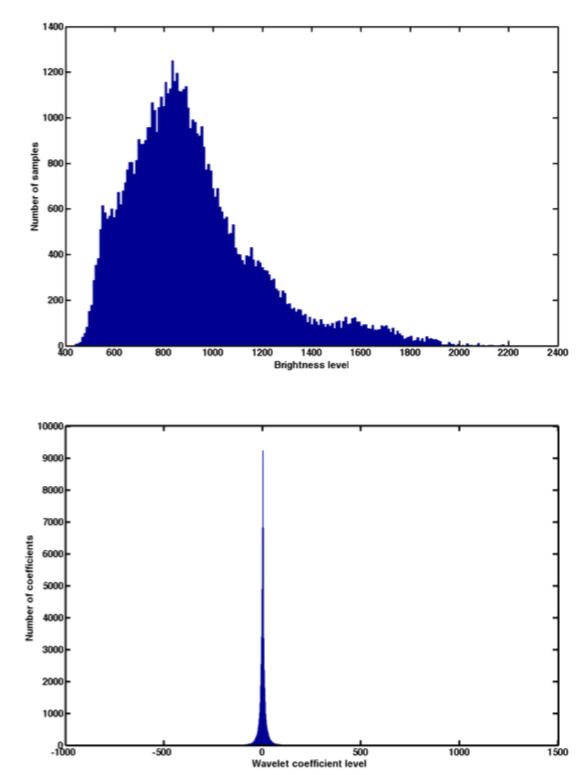Abstract
The Cosmological Microwave Background (CMB) is of premier importance for the cosmologists to study the birth of our universe. Unfortunately, most CMB experiments such as COBE, WMAP or Planck do not provide a direct measure of the cosmological signal; CMB is mixed up with galactic foregrounds and point sources. For the sake of scientific exploitation, measuring the CMB requires extracting several different astrophysical components (CMB, Sunyaev-Zel'dovich clusters, galactic dust) form multi-wavelength observations. Mathematically speaking, the problem of disentangling the CMB map from the galactic foregrounds amounts to a component or source separation problem. In the field of CMB studies, a very large range of source separation methods have been applied which all differ from each other in the way they model the data and the criteria they rely on to separate components. Two main difficulties are i) the instrument's beam varies across frequencies and ii) the emission laws of most astrophysical components vary across pixels. This paper aims at introducing a very accurate modeling of CMB data, based on sparsity, accounting for beams variability across frequencies as well as spatial variations of the components' spectral characteristics. Based on this new sparse modeling of the data, a sparsity-based component separation method coined Local-Generalized Morphological Component Analysis (L-GMCA) is described. Extensive numerical experiments have been carried out with simulated Planck data. These experiments show the high efficiency of the proposed component separation methods to estimate a clean CMB map with a very low foreground contamination, which makes L-GMCA of prime interest for CMB studies.

